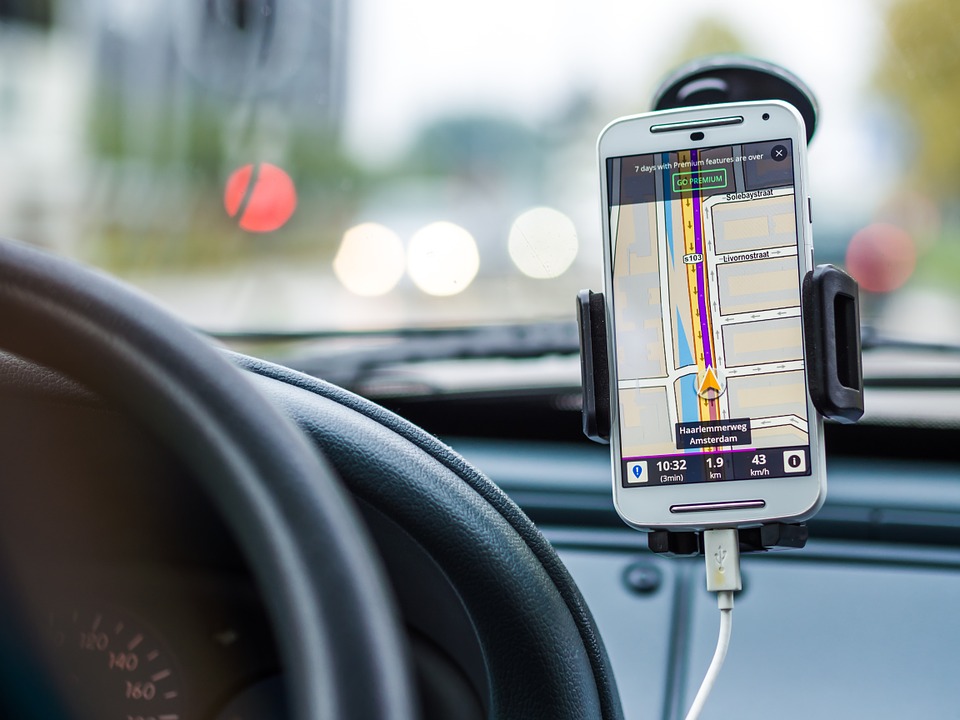
GPS, or global positioning system, allows people to understand their geographic location and guide them to new locations.
The system is built around 24 to 32 solar-powered spaced-out satellites that orbit Earth, constantly sending and receiving geographical data.
Because it is located in space, and due to its technological capabilities, GPS signals work in any sort of weather conditions, making it a reliable guiding tool.
Signals are received by GPS receivers such as navigators. Accuracy of location can vary between 100 to 10 meters.
Click next to understand how GPS works.
The 24 to 32 solar-powered spaced-out satellites that orbit Earth at around 20,000Km communicate with a master control station and four control and monitoring stations located in Hawaii, Ascension Islands, Diego Garcia and Kawajale.
According to Mio, each of the satellites is in an orbit that allows a receiver to detect at least four of the operational satellites.
The satellites send out microwave signals to a receiver where the built-in computer uses these signals to work out your precise distance from each of the four satellites and then triangulates your exact position on the planet to the nearest few meters based on these distances.







